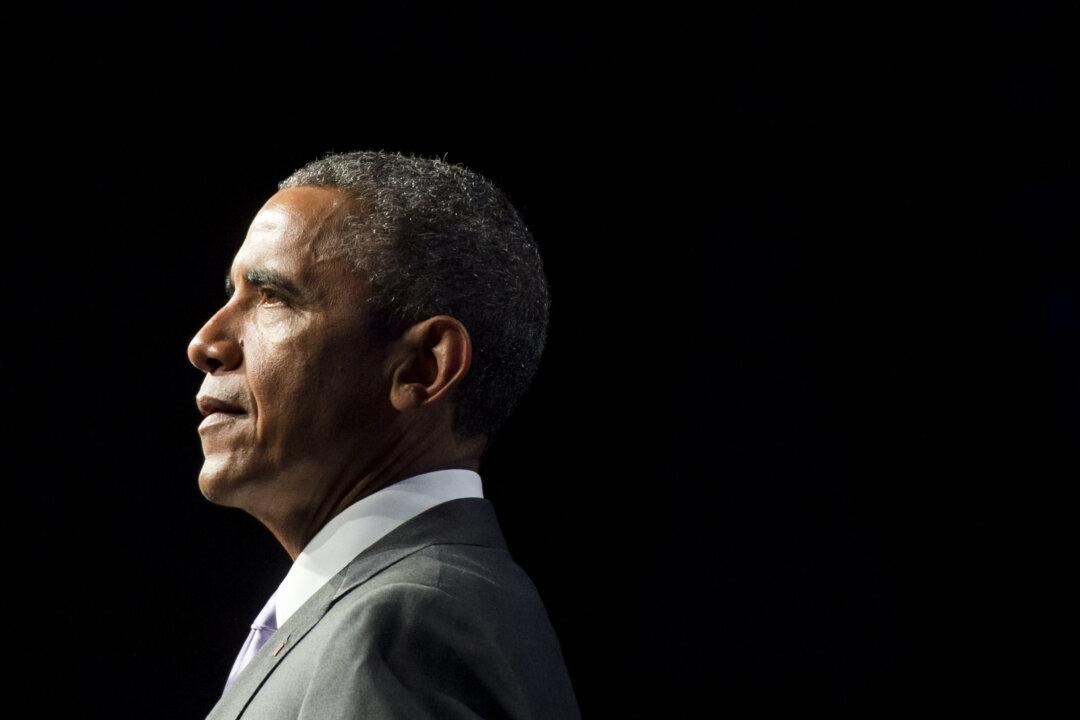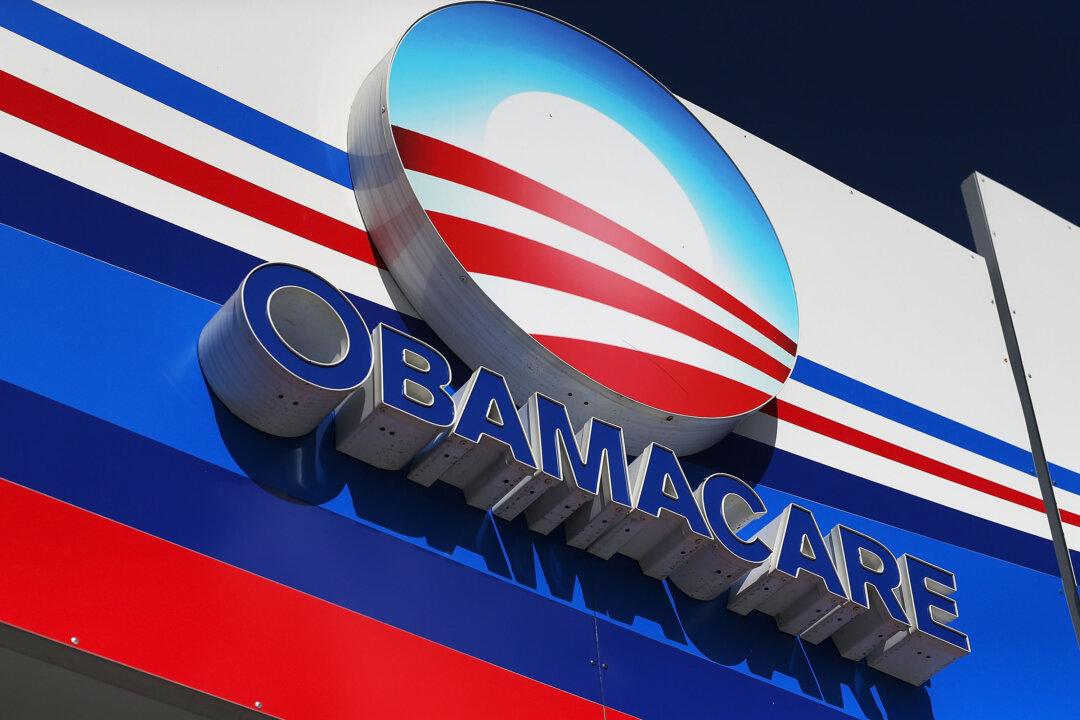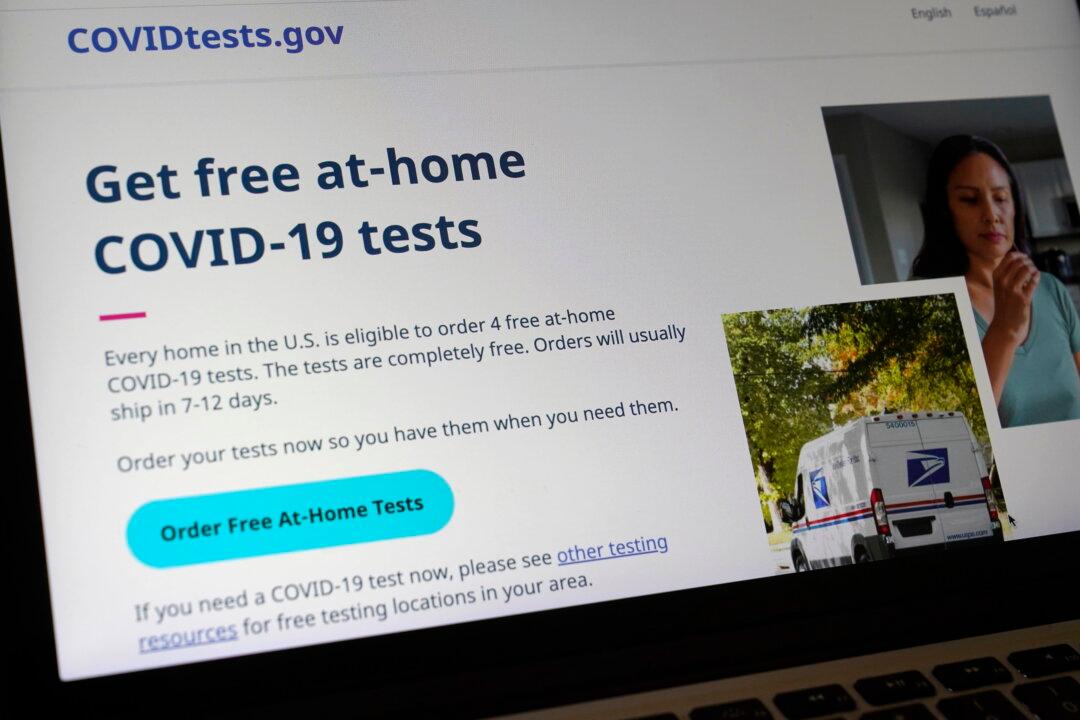A new report from an international research group has dealt a devastating blow to Obamacare’s apologists.
The Organization for Economic Cooperation and Development (OECD)—a group of 34 developed countries—recently ranked member countries by per-capita health care spending. The United States took first place by spending $8,713 per person—more than double the OECD average of $3,453.
In other words, six years after President Obama signed the Affordable Care Act, the United States still spends far more than any other country—and has little that’s positive to show for it.
Six years after President Obama signed the Affordable Care Act, the United States still spends far more than any other country—and has little that's positive to show for it.





